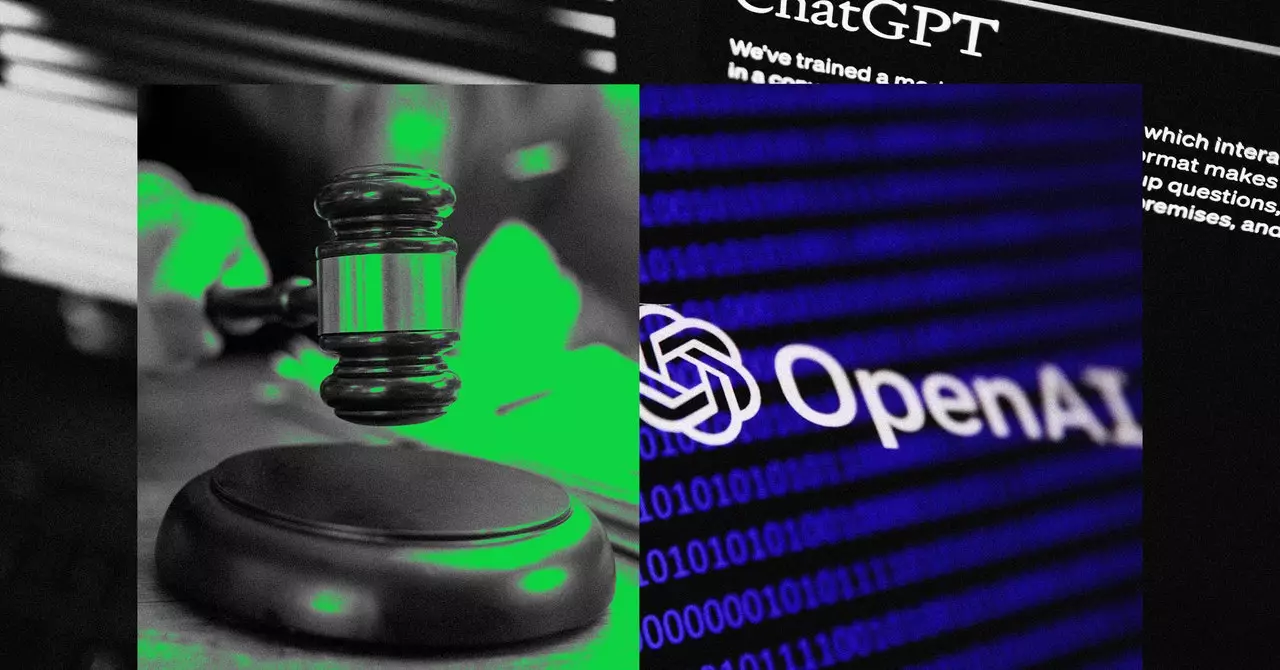The intersection of artificial intelligence and copyright law has ignited a fierce debate in legal circles, especially as entities like OpenAI become central figures in numerous lawsuits. Recent cases, particularly the one involving The Intercept and the Center for Investigative Reporting, have highlighted a significant concern regarding how AI models interact with copyrighted material. Advocates for these publications assert that the creation of responses by ChatGPT may constitute infringement, raising questions about the legality of machine learning training methods that utilize existing content without consent. As copyright law struggles to keep pace with technological advancements, understanding the implications of these cases becomes essential for all stakeholders involved, including publishers, researchers, and legal professionals.
The Current Stance of the Courts
In a recent ruling on a case involving DMCA claims against OpenAI, the court expressed skepticism about the plaintiffs’ arguments. Matthew Sag, an expert in law and AI, emphasized that he found the claims tenuous at best, proposing that the plaintiffs had not demonstrated clear evidence of wrongdoing. This sentiment was echoed by Ann G. Fort, an intellectual property attorney, who suggested that in order for the news outlets to have a strong case, they must present specific instances where ChatGPT’s output replicated protected content. This highlights a crucial aspect of copyright litigation today: the need for concrete evidence in establishing infringement claims.
The DMCA, while designed to protect copyright holders, also reflects the complexities of modern content creation through AI. In various lawsuits centered around AI, including the case involving The Intercept, there have been motions to dismiss that focus on standing—the legal right to bring the suit in the first place. While the dismissal of some DMCA claims might seem like a setback for plaintiffs, it does not eliminate the possibility of pursuing other legal arguments. Importantly, Judge McMahon’s remarks, which pointed out that the issue at hand extends beyond mere technicalities of DMCA claims, hint at a larger discussion around the ethical and financial responsibilities of AI developers towards creators of content.
The discussions around these legal challenges encapsulate a broader concern over intellectual property in an increasingly digitized world. Judge McMahon’s assertion that the crux of the plaintiffs’ grievances lies not solely in the alleged violations of DMCA but rather in a broader desire for compensation for the use of their intellectual property raises fundamental questions. Are the current laws equipped to address the unique challenges posed by AI? Will there need to be significant reforms in copyright law to establish a framework that can accommodate both the rights of content creators and the evolving methods of content generation via AI?
Experts like James Grimmelmann warn that should the court’s ruling on standing become a precedent, the implications could reach far beyond the realm of artificial intelligence. It might redefine how copyright is approached in an era where machines increasingly create content that resembles human-generated work. If pathways for legal recourse become significantly narrowed, it may embolden tech companies to utilize copyrighted materials with fewer restrictions, thereby potentially undermining the rights of content creators across multiple industries.
As we navigate these tumultuous waters, the ultimate goal should be finding a balance between fostering innovation in AI and ensuring that the rights of content creators are respected. Initiatives aimed at redefining norms around copyright in light of AI technology are crucial. Stakeholders—including policymakers, technology companies, and content creators—must collaborate to ensure that as technologies evolve, the rights of individuals and organizations behind original content remain protected.
The current legal landscape serves as a catalyst for necessary change, where both sides must prepare for a future that considers the perspectives of all involved. The path ahead is fraught with challenges, but with proactive dialogue and legislative engagement, it is possible to create a legal framework that fosters creativity and innovation while protecting the rights of intellectual property holders in an AI-dominated landscape.

